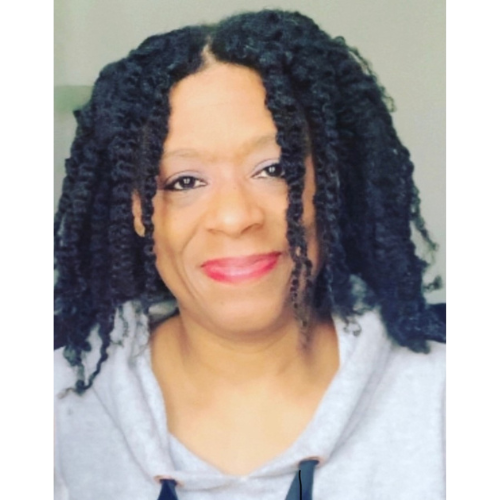My school year starts in a few weeks, and I am already thinking about my new class. As a teacher, one of the most rewarding aspects of the job is getting to know my students and watching them grow throughout the year. I find immense joy in planning and executing activities designed to get to know my students, build a sense of community, and foster a climate of trust. The first few weeks of the new school year are crucial for setting the tone and establishing a positive classroom environment. Starting the school year with a focus on relationship-building sets the stage for a successful and harmonious classroom experience. When students feel seen and valued, they are more likely to engage and participate actively in their learning. During the first few weeks, I prioritize activities that allow me to learn about my students’ interests, strengths, and backgrounds. This helps me tailor my teaching approach to meet their needs and create a more inclusive and supportive environment. I am going to share some of the beginning of the school year activities that I have found to be successful.
Silent Line Game
One team building activity that I like to do is the Silent Line. I can learn so much about my students’ personalities simply by observing how they interact during this assignment. Here’s how it goes. You give the students a category. I find their birthdays work well. Split them up into two teams. Tell them to get in line in order of their birthdays, with January 1 being the earliest and December 31 being the latest. The team that lines up in order correctly first, wins. Sounds easy enough. The catch is that the students are not able to speak to one another, nor mouth words. They also cannot write. Therefore, students have to figure out a way to communicate, while organizing themselves in lines. It’s interesting to see the various methods students come up with to communicate. I also love seeing who steps up as leaders and which students are more and less cooperative. In order to win, the students learn teamwork and cooperation.

Student Surveys
In addition to group activities, I take time to get to know each student individually. I like to use my student survey, where students write about their hobbies, favorite subjects, and other likes and dislikes. These insights are invaluable for planning lessons that resonate with them. I find the students enjoy filling out the form with the different images for the various categories.
I file these away until the last week of school and play a cool game. I read the answers to my class without revealing the name of the author. Then, the students have to guess who wrote them. It’s amazing how sometimes the students don’t even guess their own papers. They can see how much they’ve grown over the school year. They love this game!
I Spy
Another game that promotes team work is the I Spy activity. It is also good for getting students up and moving. Students get into teams of 2 or 3. They walk around the room to find items that there is only 1 of, or 2 or 3 and so forth. For example, if there is only 1 teacher’s desk in the room, they can write that in the 1-box. If there are 2 trash cans in the room, they can write that in the 2-box. You can even make it into a competition. The first pair or team to successfully fill the sheet wins. The team with the most correct answers wins.
3 Truths and 1 Lie game
Icebreakers are a fantastic way to kick off the school year. They help students feel more comfortable and encourage them to interact with their peers. One of my favorite icebreakers is “Three Truths and 1 Lie,” where students share three true statements and one false statement about themselves. Then, they read their statements to the class and see who can spot the false statement.
Student Compare and Contrast
This next beginning of the year activity is good for sparking curiosity and conversation. It helps students discover common interests and unique traits. Students get into pairs or groups of three. Through conversation, they discuss things about themselves. It could be likes and dislikes, or things about their families, etc. They use the Venn diagram to chart their similarities and differences. I find that this is especially useful for new students in the class to get to know their classmates and what they share in common. It also gives students practice with comparing and contrasting.
Behavior Expectations Posters
Classroom agreements are another tool I use to build trust. At the beginning of the year, we collaboratively create a set of guidelines that outline our expectations for behavior and interaction. This process empowers students to take ownership of their learning environment and fosters a sense of mutual respect and accountability. Then, I have students come up with their own examples of how to show respect, responsibility, kindness and being safe. They write their examples on these forms, which can be posted around the room. It will remind students of their own examples of positive behavior and help them take ownership.
Trust is the foundation of any strong community, and establishing a climate of trust in the classroom is one of my top priorities. I make it a point to model respect, active listening, and empathy in all my interactions with students. By showing them that their voices are heard and valued, I create a safe space where they feel comfortable taking risks and expressing themselves.
If you’d like to implement any of these activities, and the other four engaging activities in my Beginning of the Year Activities resource, visit my store. While you’re there, check out some of my other bilingual resources that will help you get your school year started.



















